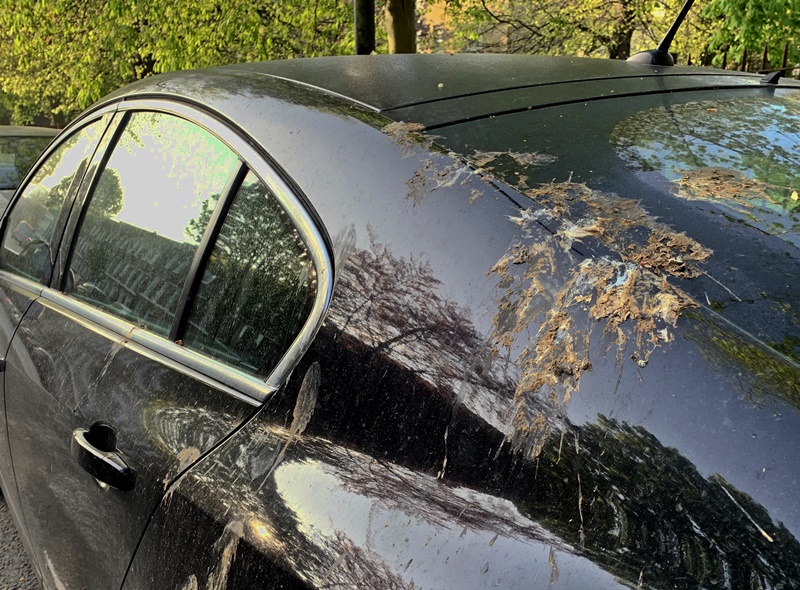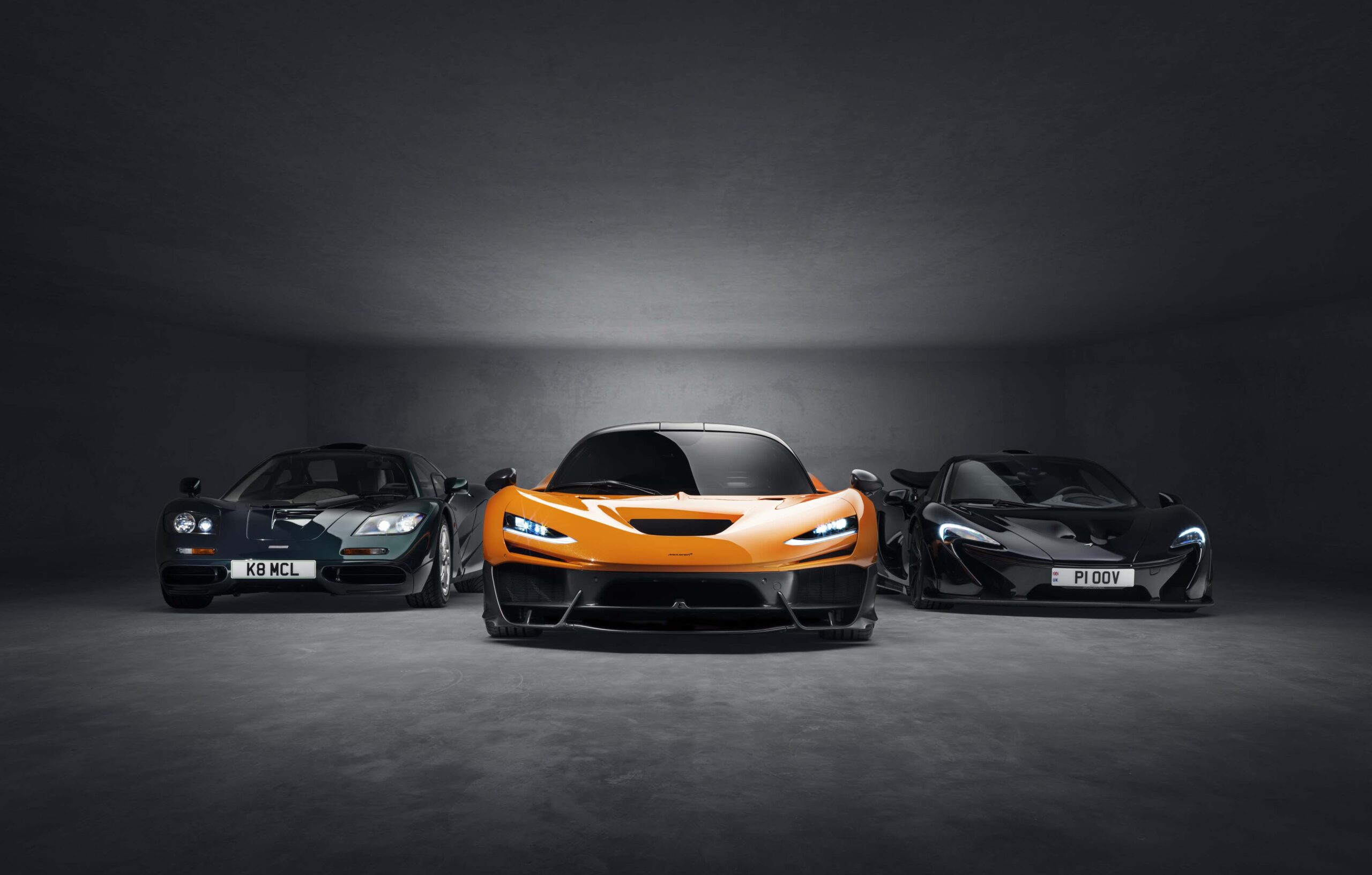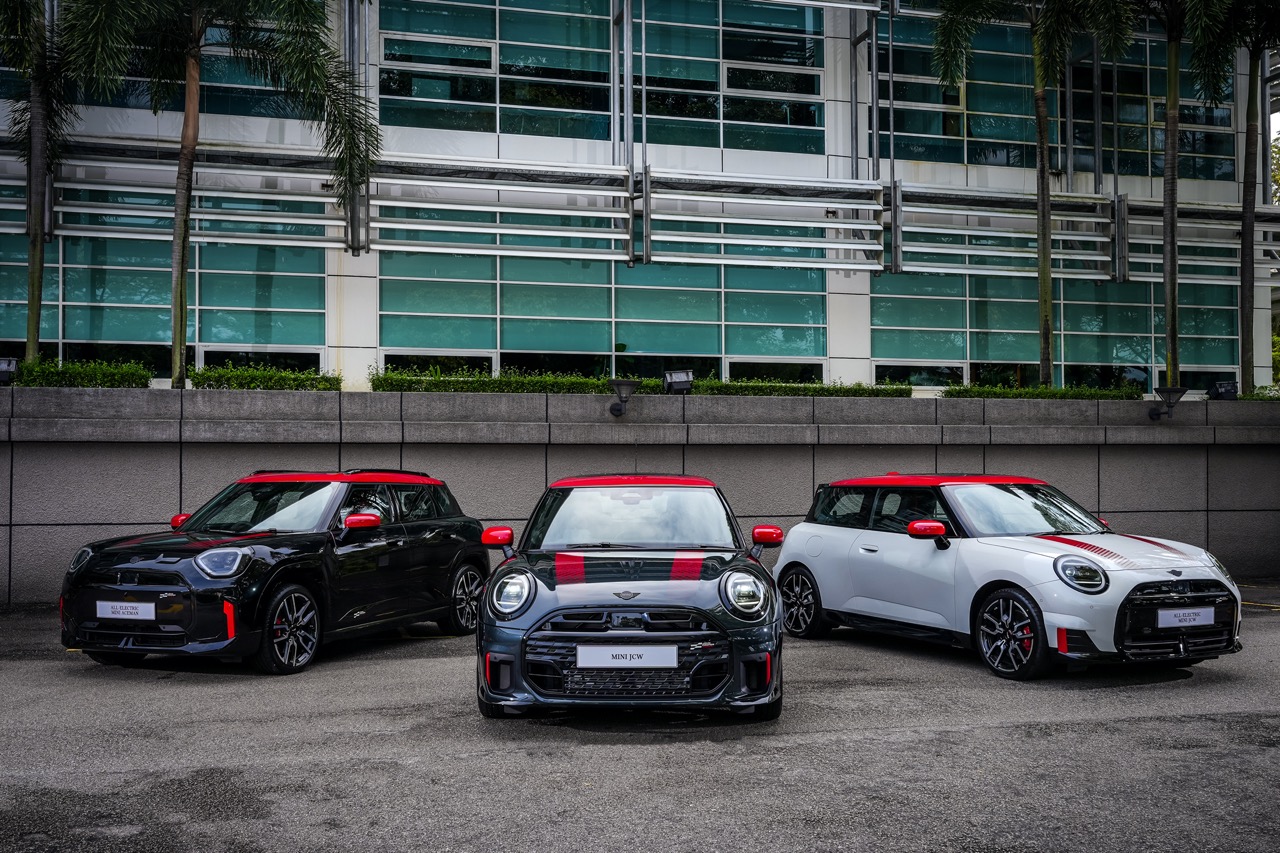Some people believe that if you are struck by bird poop, it may be a sign of good luck. After all, of all the humans around you, why would you be the one to get it? For motorists, good luck or not, it’s definitely not good for the car’s paintwork.
Most of us have probably had this problem at one time or another and even when you avoid parking under trees, a blob of poop may fall from the skies as you are driving. It’s unsightly and if not washed off quickly, can cause damage.
How Ford is helping
Fortunately, Ford vehicles are tested for just this eventuality – with the help of artificial bird poop. The laboratory-developed synthetic droppings are so realistic that they can accurately reflect the differing diets – and subsequent different acidity of droppings – of most of the birdlife in Europe, where testing is done.
Applied to test panels as a spray, sample pieces are aged at 40° C, 50° C and 60° C in an oven to replicate customer use in extreme heats, pushing the paint corrosion protection to its limits.
The ‘bird poop test’ is just one of the ordeals paint samples are put through. They also spray phosphoric acid mixed with soap detergent, and synthetic pollen on panels before aging them in ovens at 60° C and 80° C for 30 minutes. The test guards against airborne particulates such as pollen and sticky tree sap.
Extreme sunshine is bad
Intense sunlight can be particularly dangerous for paint as the paint can also soften and expand. And that’s something we certainly have a lot of in Malaysia. When the paint cools, it contracts and any grime, including bird droppings, attaches itself to the surface. If left on the vehicle for some time, it can leave a permanent mark that requires specialist treatment to remove.
By fine-tuning the pigments, resins and additives that go into making a car’s shiny protective paintwork, specialists can ensure the coating Ford applies to its vehicles has the optimum make-up to resist the impact of these types of pollutants, no matter what the weather.
The science of bird poop
Bird poop is often white and black, but it’s not all poop. The white part is uric acid and is the bird equivalent to urine, formed in the urinary tract. Poop is made in the digestive system and while both can be secreted at the same time, it happens with such speed that the two don’t have time to mix.
Additional paint tests
Other tests for paint samples include being bombarded non-stop with ultraviolet (UV) light for up to 6,000 hours (250 days) in a light lab – simulating 5 years in the brightest place on earth – to evaluate outdoor weathering; getting frozen in sub-zero temperatures; being exposed to harsh winter road grime in a high humidity salt chamber and subjection to simulated fuel staining from vehicle service station over-fuelling.
How to clean bird poop
Leaving bird poop on any car is therefore never a good idea. The advice for any car owner is simply to regularly wash your vehicle with a sponge and lukewarm water containing neutral pH shampoo, and gently remove harmless looking substances from the paintwork immediately. Waxing painted surfaces once or twice a year helps ensure new paint finishes can better resist harshest attacks, while staying shiny for longer.
“With so many cars parked and not moved from their usual spots for long periods in recent times as people stay at home, it’s likely birds are leaving their mark more than usual. It’s wise to remove it before it gets too baked on. But our customers can at least take some consolation in the work we do to help keep their paint protected,” said Andre Thierig, Manager, Core Engineering Paint at Ford of Europe.
Visit www.sdacford.com.my to know more about Ford models available in Malaysia.
New Ford technology can prevent ‘car dooring’ by cyclists (w/VIDEO)
























